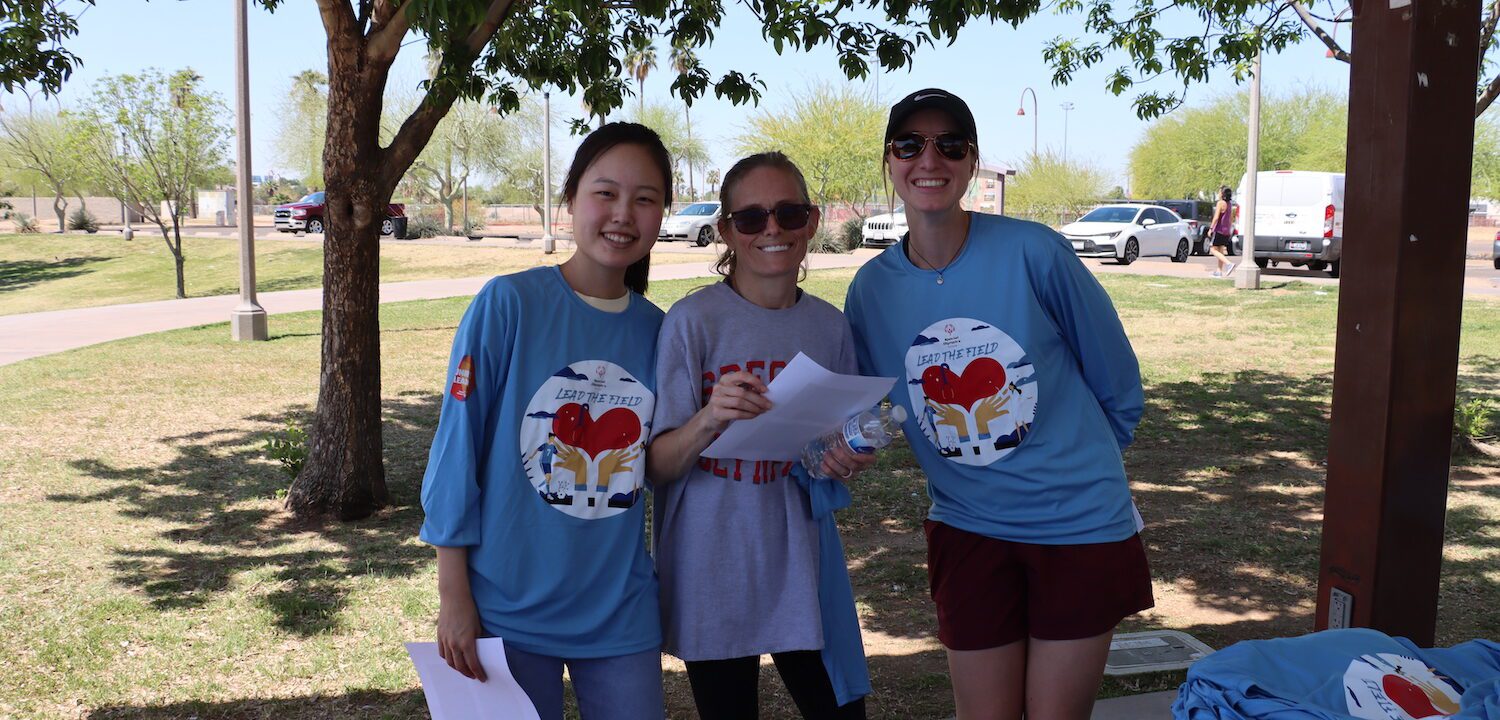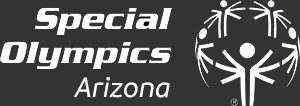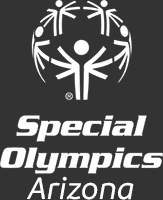
Signs & Symptoms of Cerebral Palsy
Signs & Symptoms of Cerebral Palsy
Cerebral palsy is a group of disorders that affect the cerebral motor cortex, which is the part of the brain that directs muscle movement, and cause problems with movement, balance, and posture. This group of neurological disorders will appear in infancy or early childhood and are caused by damage to or abnormalities inside the developing brain that disrupt the brain’s ability to control movement, regulate posture, and other physical abilities. Cerebral palsy is recognizable to individuals who have experience with the disorder, but some may not know the signs and symptoms of CP. The Special Olympics Arizona team is breaking down CP: the signs and symptoms, the early signs to be aware of in infancy and young childhood, and other symptoms it is important to know when it comes to cerebral palsy.
What Are the Symptoms of Cerebral Palsy?
Cerebral palsy symptoms primarily revolve around three key areas: movement and coordination, development, and speech and eating.
Movement and Coordination
Movement and coordination are two of the main areas where cerebral palsy causes symptoms. One of the hallmark signs of cerebral palsy is muscle spasticity, which leads to stiff and tight muscles. This can make movement difficult and result in unusual postures. In addition to stiff and tight muscles, some individuals with the disorder may experience involuntary movements. These movements might be uncontrollable, writhing movements, which are known as athetosis or more abrupt, jerky movements, referred to as chorea. Impaired coordination and balance are common among individuals with cerebral palsy. Individuals with cerebral palsy might have difficulty walking or performing fine motor tasks. Some children with cerebral palsy may walk on their toes or exhibit a scissor gait, where their feet and legs are turned in, due to muscle tightness associated with muscle spasticity.
Development
Development may be different among individuals with cerebral palsy. For children, they may experience delayed milestones, especially physical milestones such as sitting up, walking, or crawling, compared to their peers. Individuals often have difficulty with fine motor skills, such as grasping objects or using utensils. In addition to spasticity, muscle weakness can also be a symptom of cerebral palsy, affecting an individual’s ability to move and perform tasks. In addition to difficulties with fine motor skills, individuals with cerebral palsy also often have hand-eye coordination challenges, which may manifest as difficulties in tasks requiring precise hand movements, such as writing or drawing.
Speech and Eating
Due to muscle tightness and other issues associated with cerebral palsy, some individuals with the disorder may experience speech difficulties, including slurred speech or difficulty articulating words clearly. Impaired muscle control can also lead to difficulties with swallowing, which may result in choking or aspiration. Infants with cerebral palsy may have difficulty breastfeeding or bottle-feeding due to muscle coordination problems.
What Are the Early Signs of Cerebral Palsy?
Early detection of cerebral palsy is vital for prompt intervention and management. The signs and symptoms of cerebral palsy can become noticeable at different stages of a child’s development. Based on the stage of life, the early signs of cerebral palsy are:
Younger Than Six Months of Age
In babies younger than six months of age, you may notice recognizable muscle stiffness, particularly in the limbs. They may seem rigid or overly floppy when you hold them. Babies may have more difficulty than other infants their age holding their head up or maintaining head control. Infants may prefer to use one side of their body more than the other or consistently arch their back. In addition to other signs, it is very common for infants with cerebral palsy to have feeding difficulties, such as difficulty sucking or swallowing.
Older Than Six Months of Age
In babies older than six months of age, you may be able to begin to recognize a delay in some of their important developmental milestones. This can include rolling over or sitting up within expected timeframes for average baby development. Some infant reflexes, like the Moro reflex, may persist beyond the typical age range in babies with cerebral palsy. You may also begin to recognize an asymmetry in limb movements or muscle tone, which can be a sign of cerebral palsy.
Older Than 10 Months of Age
For babies older than 10 months of age, signs may be similar to previous months but become more pronounced. If your child has delayed milestones, such as crawling or walking within the expected time frame, it can be a sign of cerebral palsy. Similar to an asymmetry in movements, babies around this age may show a noticeable hand preference, using one hand consistently over the other. Children with cerebral palsy may have trouble grasping objects, holding a spoon, or performing tasks that require fine motor skills around this age.
Other Signs of Cerebral Palsy
In addition to the key categories mentioned above, other signs and symptoms of cerebral palsy may include:
- Seizures: Some individuals with cerebral palsy may experience seizures, which can vary in type and severity.
- Cognitive challenges: While cerebral palsy primarily affects motor skills, some individuals may also face cognitive challenges, such as learning disabilities or difficulty with problem-solving.
- Behavioral issues: Behavioral challenges like hyperactivity, impulsivity, or social difficulties can sometimes be associated with cerebral palsy.
- Orthopedic problems: Cerebral palsy can lead to orthopedic issues, including joint contractures or scoliosis.
It’s important to note that the severity of cerebral palsy symptoms can vary widely. Early intervention, including physical therapy, occupational therapy, and speech therapy, can greatly improve an individual’s quality of life and functional abilities. If you suspect that your child may have cerebral palsy or are observing any of these signs, consult a healthcare professional for a thorough evaluation and guidance on appropriate interventions and treatments. Early diagnosis and intervention can make a significant difference in the long-term outcomes of individuals with cerebral palsy.



